Rules for planting and leaving lush thyme from seeds
Planting a perennial plant of thyme, or thyme in the country, is valued among gardeners for its beauty during flowering. You can use thyme to decorate a rock garden or alpine slide. Small lilac, yellow, pink flowers and emerald-colored foliage form a beautiful continuous carpet on the lawn.
Thyme is indispensable for many viral and microbial ailments, and also gives a fragrant and pleasant taste in tea. It is grown from seeds immediately in the open field, it needs minimal care. It is enough to know the main features of thyme in order to harvest a good harvest or enjoy lush flowering all season.
Popular varieties
Thyme can be harvested on the slopes of ravines, it is unpretentious and grows in various regions of the country. For planting in the country or personal plots, breeders have bred several varieties.
The species is common thyme, or medicinal. The height of the bushes is 100-150 mm. Small flowers of lilac color, blurred almost to whiteness. Among this type, flower growers distinguish three varieties:
- Alba is a plant with white flowers;
- Splendens - the flowers of these bushes are colored red;
- Elfin is a 50 mm high bush that covers the ground with a circle of green foliage and flowers with a section of 150 mm.
The subspecies is creeping thyme. This is a perennial plant up to 150 mm high, it grows almost throughout the country. The length of the leaves is at least 10 mm. The foliage of the creeping thyme is green or variegated, and the flowers are red, whitish or pink.
Lemon thyme. Among this species, varieties are popular:
- Silver Queen - its leaf plates have a pronounced white border along the edge;
- Duorf and Bertram Anderson are plants with bright yellow spots on the foliage;
- Golden King - the border of the emerald foliage of these bushes is colored yellow.
Among the early varieties, the most popular Minor and Pseudolanuginosus... On the bushes of the latter, so many small flowers bloom that foliage is not visible behind them. Minor is used for landing on an alpine hill. This slowly developing perennial completely covers the plot of land allotted for it with small inflorescences and leaves.
Important! Be careful when buying seed, otherwise thistle or stunted thyme bushes may grow on the flower garden.
Recommendations for choosing seeds:
- do not take thyme of an unknown variety - if you are planting thyme for the first time, be guided by the assortment that is given above;
- on the Internet or in a directory, study in detail the appearance of thyme seeds; if there is something different from the sample in the package, return the goods to the store;
- be sure to check the expiration date indicated on the package;
- do not try to save money on your purchase, buy only high-quality material from trusted manufacturers;
- certainly before planting, look at the dates of planting in open ground and harvesting. Planting seeds late will prevent plants from developing and producing fragrant flowers in the first year of growth;
- read the planting instructions, it is especially important to know the seeding depth and the distance between plants and rows.
Sowing
Thyme is easy to take and has good germination, so its seeds are planted immediately in the garden. To make the flower bed look neat, and also to protect young shoots, you need to follow just a few rules for preparation and planting.
Seat selection
For planting, it is better to use the southern side of the site: thyme loves the sun. In the worst case, it is allowed to plant seeds in partial shade.When planting on clayey soils, it will be necessary to drain the beds, ensuring free passage of water and air to the roots, and preventing moisture stagnation. The best soil option for thyme is neutral or even with an increased level of alkali, light soil with a large layer of fertile soil.
They begin to prepare the site for planting in the fall. At this time, all weeds are harvested until they have produced seeds. Then for each square. meter beds are poured over a bucket of manure mixed with wood ash. Only after that, the bed is dug up and the roots of the weed are removed, while fertilizing the soil.
In the spring, a second preparatory stage is needed. As soon as the landing site is clear of snow, the ground is leveled and loosened with a rake. Then fertilize with a solution of urea (20 g of urea is stirred in 10 liters of water), shedding the soil well. The soil will be saturated with nutrient solution during the day, and after that you can start the main work.
Sowing
It is not necessary to pre-soak in water, especially in a growth stimulator, the seed material of thyme is not necessary. Harvesting seedlings also makes no sense. As soon as the soil in the garden warms up, i.e. in early May, the seeds are planted in the garden.
The work is carried out in several stages:
- Shallow furrows are drawn with a chopper. The distance between the rows is 300-500 mm, the depth is 15-20 mm.
- The rows are flooded with water, which will avoid a crust through which it will be harder for the sprouts to go up and get air and moisture.
- Thyme seeds are very small, so we recommend mixing them with dry river sand and filling the prepared rows. But if the seeds are collected independently or you were presented with them in large quantities, you can sow the rows, evenly, in a thin layer, pouring the material into them.
- Now you need to cover the seeds with a layer of soil. To do this, use sand, peat or plain earth. The main thing is that the soil is light and without lumps.
- Now, in order to create a constant humid and warm microclimate in the garden, it is covered with a film or black covering material.
After 14-18 days, the first sprouts of thyme will appear. It is necessary to remove the covering material and maintain moist, loose soil in the rows. In the aisles, the soil is loosened with a small hoe and young growth of weeds is removed. It is impossible to water with a stream of water - it is better to use a sprinkler with a fine spray and fill the aisles. The soil, being soaked, will provide nourishment to the roots of the thyme.
When several real leaves grow on the stalks, the planting is thinned out in the evening or on a cloudy day. Weak sprouts are removed, leaving a gap of 90-100 mm between the plants. If you have to remove a strong seedling, they try to dive into another place in the garden or plot, sometimes they give it to friends or acquaintances. Therefore, do not pull out the sprouts - you need to carefully dig them up and take them out carefully, with a lump of earth. After thinning, the plants need to be watered by dissolving 20 g of urea in a bucket of water. This way, damaged sprouts will hurt less.
Plants will develop and become cramped again. Therefore, when the adjacent bushes begin to touch the crowns, it will be necessary to thin out the plantings again, leaving at least 200 mm between the shoots. After that, you should re-feed the thyme using any liquid complex fertilizer.
Growing thyme does not require a lot of time and effort. In the first year, the plant does not bloom, but with proper care, already in the next season, before the holiday of Trinity, you will harvest fragrant flowers.
Thyme care
Leaving, like disembarking, is simple. To maintain good conditions, a number of works will be required:
- weed control is a top priority, especially in the first year of thyme life. Bushes grow and cover the ground, so it will be difficult to deal with weeds in the future;
- moisture control: it is impossible to water the bushes abundantly, it is better to loosen the soil once again, allowing moisture to evaporate faster than to get a diseased plant due to stagnant liquid; thyme is not picky about watering and will calmly endure its absence for 10-14 days, even at high temperatures; it will be necessary to increase the number of watering in small portions only during the budding period;
- pruning: if you see that the bushes have grown a lot, it is recommended to prune the long branches by adding a fragrant component to the tea;
- disease prevention: for this purpose, the aisles are usually covered with a thin layer of lime and ash; such treatment allows you to get rid of fungal diseases and pests;
- the right choice of tool: when harvesting, cutting off sprouts with flowers, be sure to use a knife or scissors; tearing off the stems will disrupt the root system;
- top dressing: after harvesting, the bushes must be fed with any complex fertilizer;
- preparation for winter: before frost, this heat-loving plant should be covered with straw or foliage;
- observance of crop rotation: after growing thyme in one bed for 4 years, it is better to transplant the bushes to another place.
Thyme: benefits and harms
Thyme broths help with sore throat, gargling with it makes it easier to fight whooping cough and bronchitis. Thyme is a good antiseptic. Essential oils help relieve fatigue, stress and feelings of depression. In addition to the healing properties, the taste qualities of dried thyme flowers are used - they are used for cooking meat dishes and for brewing aromatic flower tea.
It is not recommended to drink tea and use thyme-based dosage forms:
- pregnant women at a later date;
- people with diseases of the vascular system;
- patients with kidney and liver pathologies;
- persons suffering from gastritis with high acidity.
By following simple rules and providing the thyme bushes with decent care, the next year you will receive an even carpet of beautiful bushes with carved leaves and fragrant flowers. The main thing is to love your work and be a little attentive, and a fragrant tonic drink in winter will be your reward for your work.
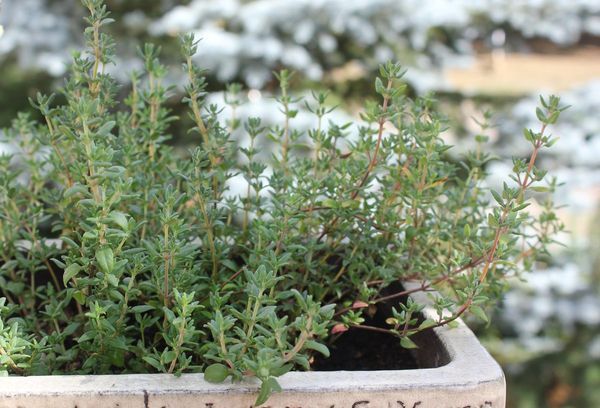
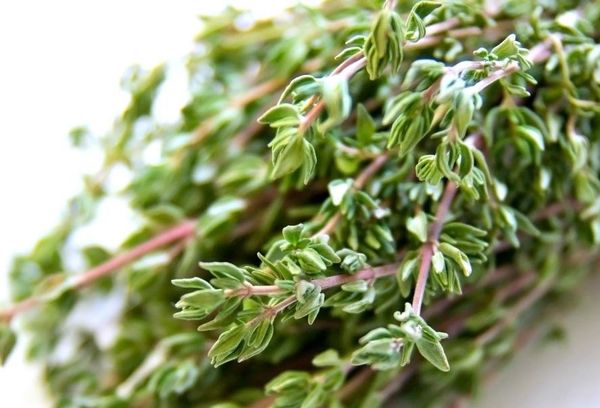
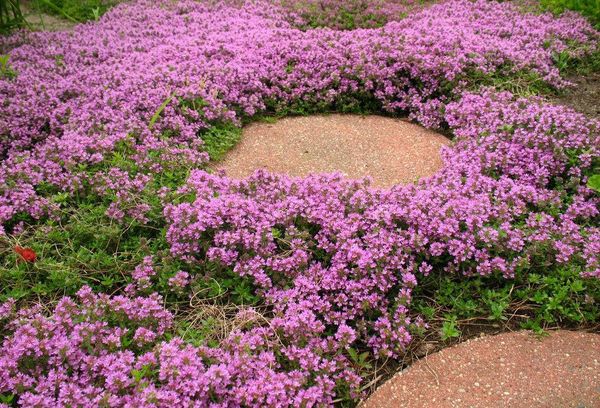
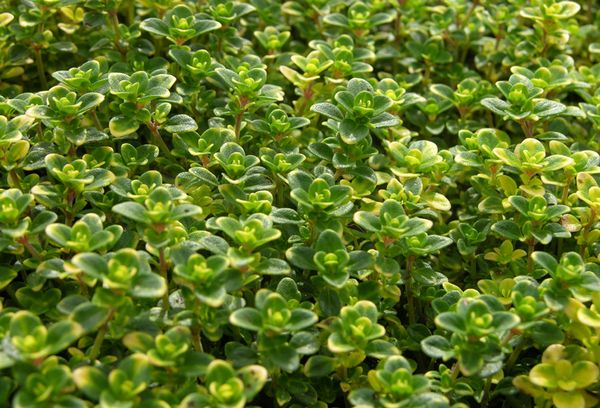
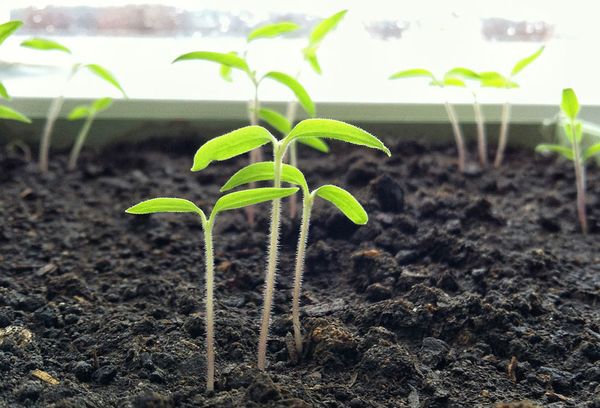
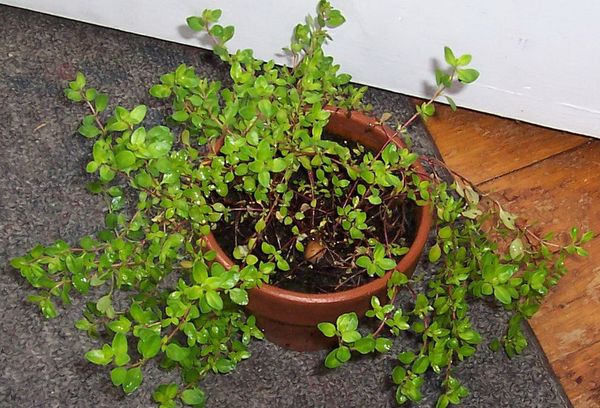
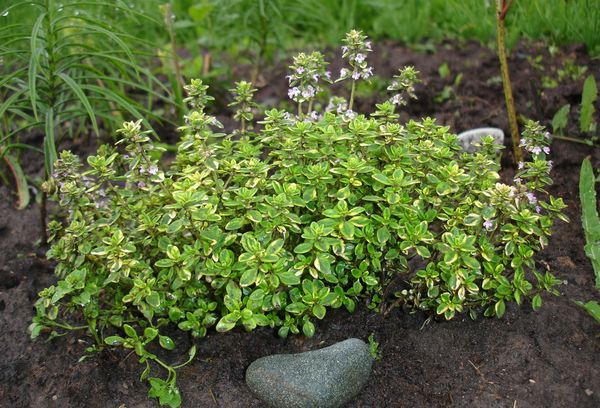
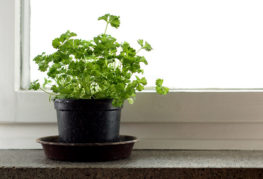
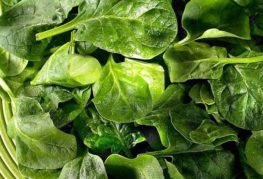
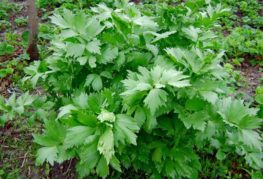
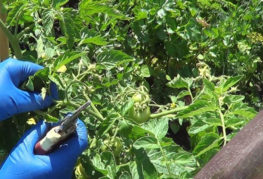
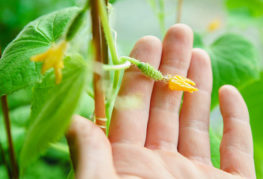
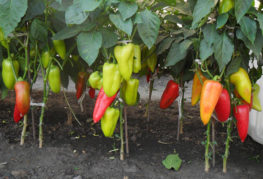
and will be published shortly.